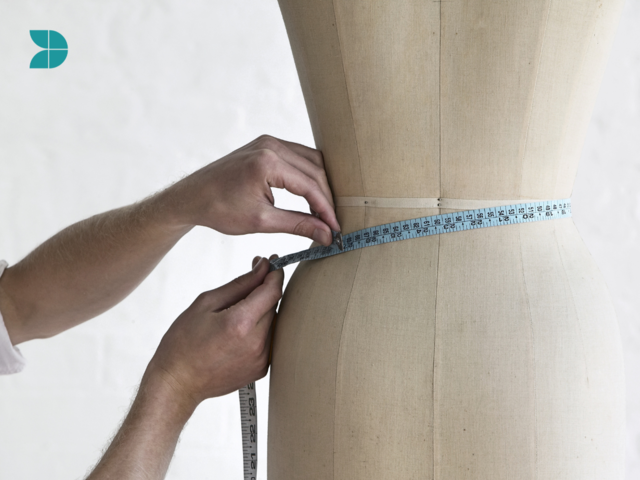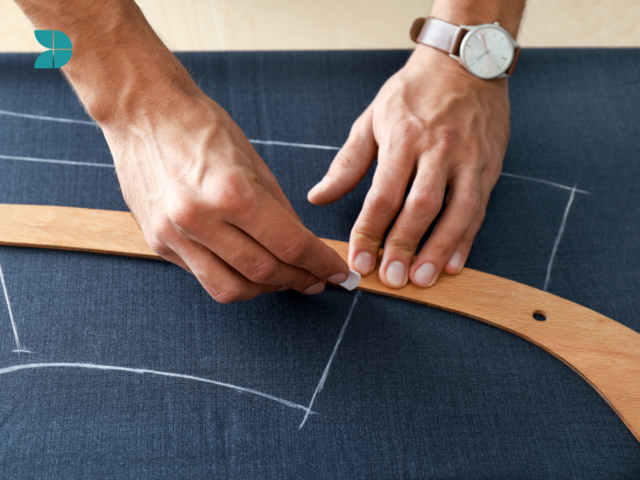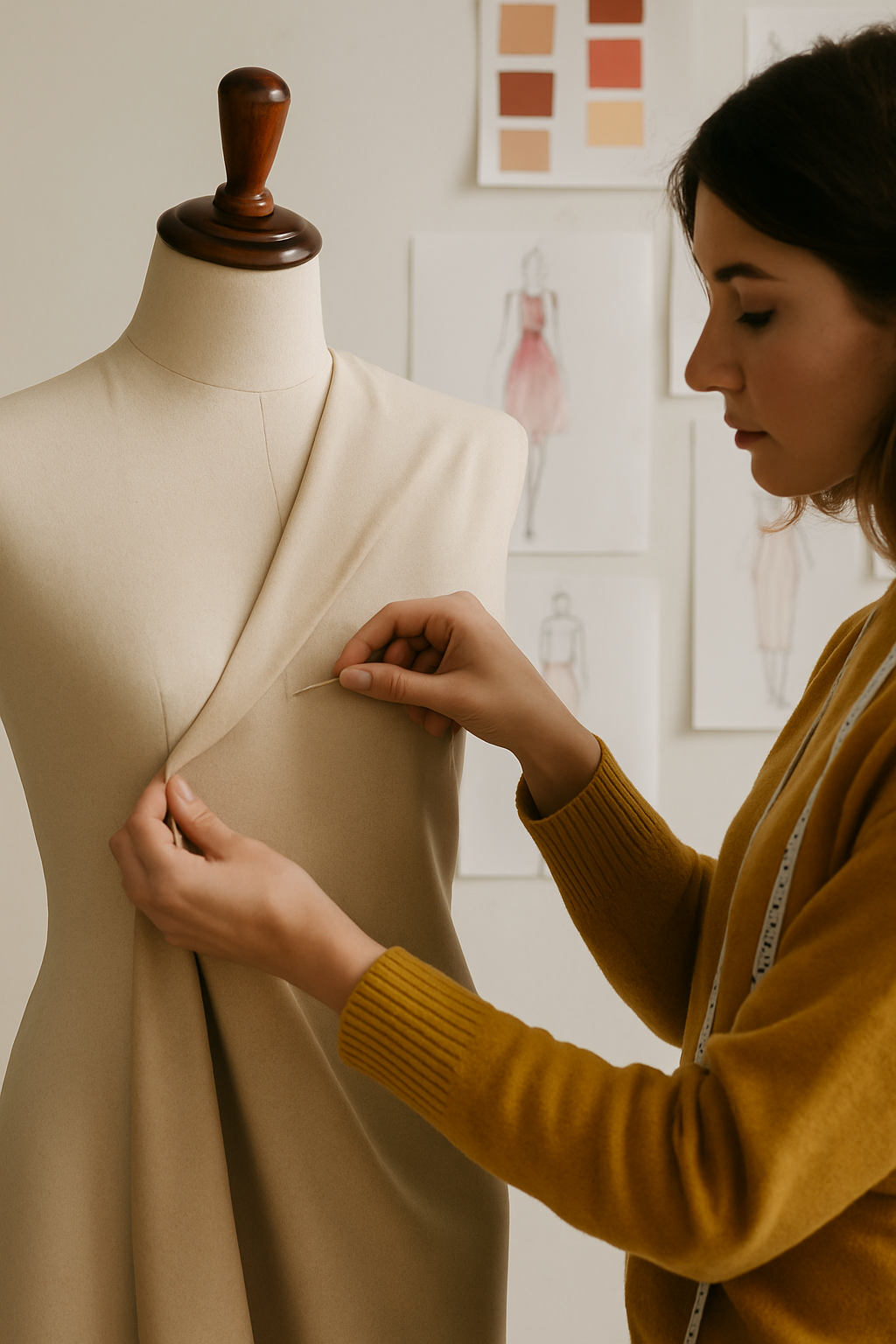Since the dawn of fashion, tailoring has been a staple component of fashion design. From creating the perfect fit to enhancing the overall quality and durability of garments, it is tailoring that is the patron of high-quality and timeless fashion designs. Tailoring is an important part of fashion design, and it has been used to create beautiful, high-quality garments for centuries. In this article, we'll explore the importance of tailoring in fashion design and its crucial role in creating iconic and memorable pieces.

Understanding the Basics of Tailoring
Tailoring is the process of creating garments that are specifically designed to fit an individual's body. Creating that perfect fit involves great skill and a range of techniques, all while maintaining a high quality garment. Tailoring is not new to fashion. It has a rich history that spans centuries but it has also evolved and adapted with modern techniques and technologies.
There are different types of tailoring, including bespoke tailoring, made-to-measure tailoring, and ready-to-wear. Bespoke tailoring is the most costly in both time and money. It involves creating a garment from scratch to fit an individual's exact measurements. Made-to-measure tailoring on the other hand, involves creating a garment based on a pre-existing pattern, but with some adjustments to fit the individual's measurements. Ready-to-wear tailoring is made up of garments in standard sizes, with only minor adjustments to fit an individual's measurements.
The Benefits of Tailoring in Fashion Design
Tailoring offers several benefits in fashion design with one of the most significant being that the garment will be a perfect fit. When a garment fits well, it not only looks like a high quality piece but it also enhances the wearer's confidence and comfort. Tailoring can also create flattering silhouettes that complement the wearer's body type. Skilled tailors will create garments with detailed finishes therefore ensuring the overall quality and durability is of the highest standards. This ensures the garment maintains its shape and fit while withstanding wear and tear.
Tailoring is also present in the creation and longevity of memorable and timeless classics in the history books of fashion. Many of the most iconic pieces in fashion history have been created using tailoring techniques. For example, the famous "little black dress" by Chanel was a masterful example of tailoring, with its perfect fit and elegant silhouette.

The Role of Tailoring in Fashion Design Education
Learning tailoring techniques is an essential part of fashion design education. Any aspiring fashion designers interested in creating high quality lasting designs, must learn the basics of tailoring. Tailoring courses typically cover topics such as pattern-making, garment construction, and fit analysis.
Learning tailoring techniques can also help aspiring fashion designers develop essential skills such as precision and attention to detail. Tailoring requires a high degree of meticulous exactitude which are important skills in all areas of fashion design.
In addition, tailoring offers designers an insight into the construction of garments and how different fabrics and materials can be used to create different effects. Understanding how garments are assembled can help designers make more informed decisions when designing and creating their own garments.
The Future of Tailoring in Fashion Design
As technology continues to evolve, tailoring techniques are also changing. New technological advancements are transforming the way tailoring is done, making it faster and more efficient. Digital technologies such as 3D printing and body scanning are already being used to create custom-fit garments.
However, while new technologies and techniques are emerging, the timeless tradition of tailoring will always have a place in fashion design. Aspiring fashion designers must learn to adapt to new technologies and techniques while still maintaining the core principles of tailoring.
Tailoring is an essential aspect of fashion design, and it plays a crucial role in creating high-quality and timeless designs. The benefits of tailoring include achieving the perfect fit, creating flattering silhouettes, and enhancing the overall quality and durability of garments. Aspiring fashion designers must learn tailoring techniques to create beautiful, functional, and durable fashion designs that stand the test of time.
When learning tailoring techniques, fashion design students will first learn about pattern-making, which involves creating a template for the garment based on an individual's measurements. This template is then used to cut the fabric, and the garment is assembled using various sewing and construction techniques.
Garment construction is an important aspect of tailoring. In addition to pattern-making, designers must also understand the various construction techniques used to assemble the garment. This includes techniques such as darts, pleats, and tucks, which are used to create shape and structure in the garment.
Fit analysis is another essential skill that designers must master. Fit analysis involves analyzing the fit of a garment on an individual to identify any areas that require adjustment. This is important because the fit of the garment can greatly affect its overall look and feel.
Understanding tailoring techniques can also help designers develop essential skills such as precision and attention to detail. Precision is crucial in tailoring because even the slightest mistake can affect the fit and overall quality of the garment. Attention to detail is also important because tailoring requires a high level of precision and attention to detail to achieve the perfect fit.
The benefits of learning tailoring techniques extend beyond fashion design. Many tailoring techniques can be applied in other areas such as costume design, theatre, and film. Learning tailoring techniques can open up new opportunities for designers and allow them to work in a variety of creative fields.

Conclusion
In conclusion, tailoring is a crucial aspect of fashion design that offers numerous benefits, including achieving the perfect fit, creating flattering silhouettes, and enhancing the overall quality and durability of garments. Aspiring fashion designers must learn tailoring techniques to create high-quality and timeless designs that stand the test of time. With new technological advancements and innovations emerging, designers must also stay up to date with the latest trends and developments to ensure that their designs are relevant and appealing to their target audience.
We hope this article has helped you understand the crucial role that tailoring plays in fashion design. Aspiring fashion designers who want to develop their tailoring skills can enroll in our fashion design courses at our academy. Our courses cover all aspects of fashion design, including tailoring techniques such as pattern-making, garment construction, and fit analysis.
Our experienced tutors are industry professionals who will teach you the skills and techniques you need to succeed as a fashion designer. By enrolling in our courses, you will gain the knowledge and experience necessary to create high-quality, functional, and timeless fashion designs.
Whether you're a beginner or an experienced fashion designer, our courses are designed to help you achieve your career goals. We offer both online and in-person courses to accommodate a wide range of learners. So why to wait? Enroll in our fashion design courses today and start developing your tailoring skills!

